After many months of absence I am glad to be back and contributing to this blog again after a turbulent end to 2010.
For this post I have selected a small church ruin North of Carlow town but inside County Laois. I particularly like this place because of the two early Christian crosses next to a much later ruin. You really get a sense of time here.
The original post can be read on 'The Standing Stone.'
Location – A few km north of Carlow town on the banks of the River Barrow.
OS: S 713 791 (map 61)
Longitude: 6° 56' 27.43" W
Latitude: 52° 51' 27.83" N
GPS: S 71327 79054 (Accuracy – 7m)
See map at the bottom of the page.
Description and History – The remains at Sleaty appear to be nothing out of the ordinary apart from the two early Christian crosses which betray its importance as the former residence of the Bishop of Leinster. This is a very early Christian foundation, of which only the two crosses remain. Associated with St. Fiacc the church is medieval in date, although some of the larger stones used in its construction may come from the earlier foundation. Large boulders were common in early Christian construction. The original monastery was on the other side of the river but when 60 monks died at the site (how I don’t know) it was moved to its present location. Aodh lived here in the 7th century who was one of the first biographers of St. Patrick. The last historical reference to the site is from 1055, after which the site lost importance.
For this post I have selected a small church ruin North of Carlow town but inside County Laois. I particularly like this place because of the two early Christian crosses next to a much later ruin. You really get a sense of time here.
The original post can be read on 'The Standing Stone.'
Location – A few km north of Carlow town on the banks of the River Barrow.
OS: S 713 791 (map 61)
Longitude: 6° 56' 27.43" W
Latitude: 52° 51' 27.83" N
GPS: S 71327 79054 (Accuracy – 7m)
See map at the bottom of the page.
Description and History – The remains at Sleaty appear to be nothing out of the ordinary apart from the two early Christian crosses which betray its importance as the former residence of the Bishop of Leinster. This is a very early Christian foundation, of which only the two crosses remain. Associated with St. Fiacc the church is medieval in date, although some of the larger stones used in its construction may come from the earlier foundation. Large boulders were common in early Christian construction. The original monastery was on the other side of the river but when 60 monks died at the site (how I don’t know) it was moved to its present location. Aodh lived here in the 7th century who was one of the first biographers of St. Patrick. The last historical reference to the site is from 1055, after which the site lost importance.
The medieval church is largely ruined and a stone font (date unknown) sits inside. The smaller of the two crosses from the earlier foundation is roughly 1.5m high and is decorated with a rough ringed cross. It is badly eroded and barely visible now. The second cross is 2.8m high and is undecorated. I had seen photographs of this cross before and you can’t really appreciate its size until you see it for yourself.
This is a nice little site and well worth the trip.
Difficulty – Easy enough to get around but it is set back from the road and easy to drive by without seeing. There is no parking here.
The churchyard from the roadway.
View The Standing Stone in a larger map

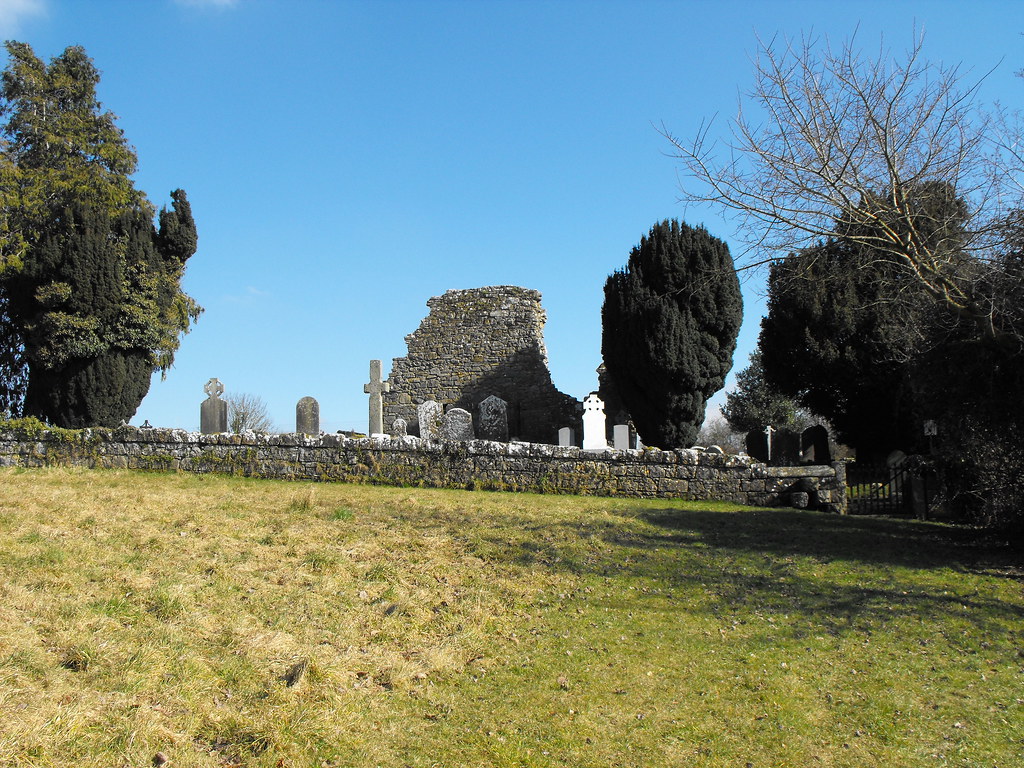
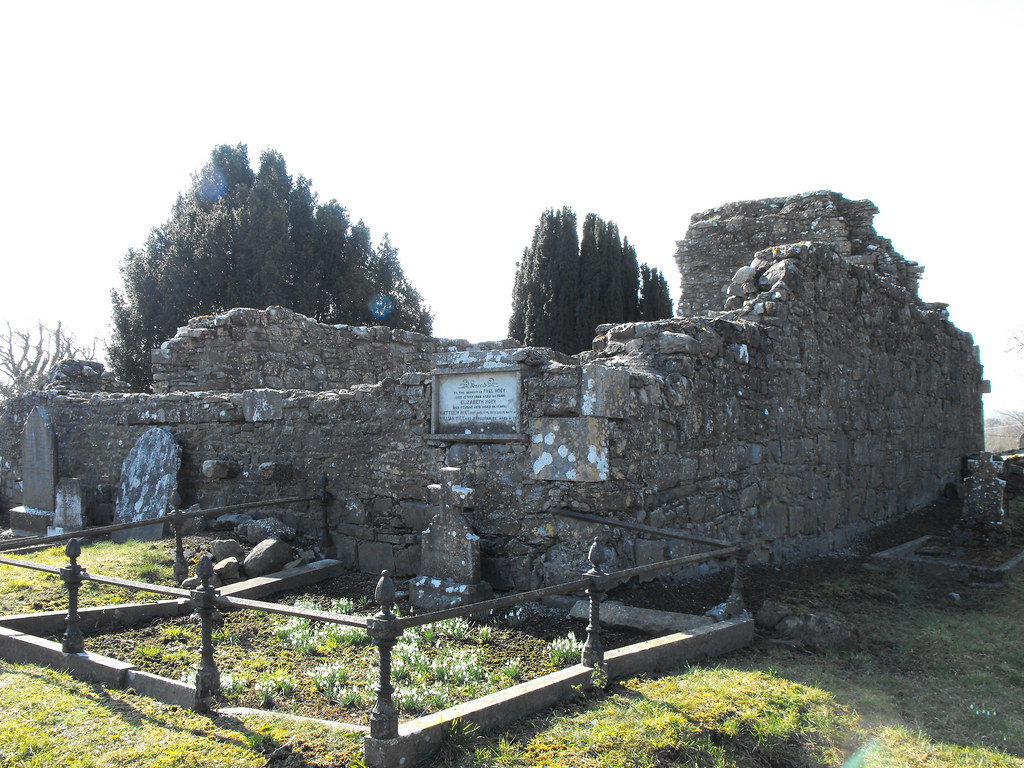




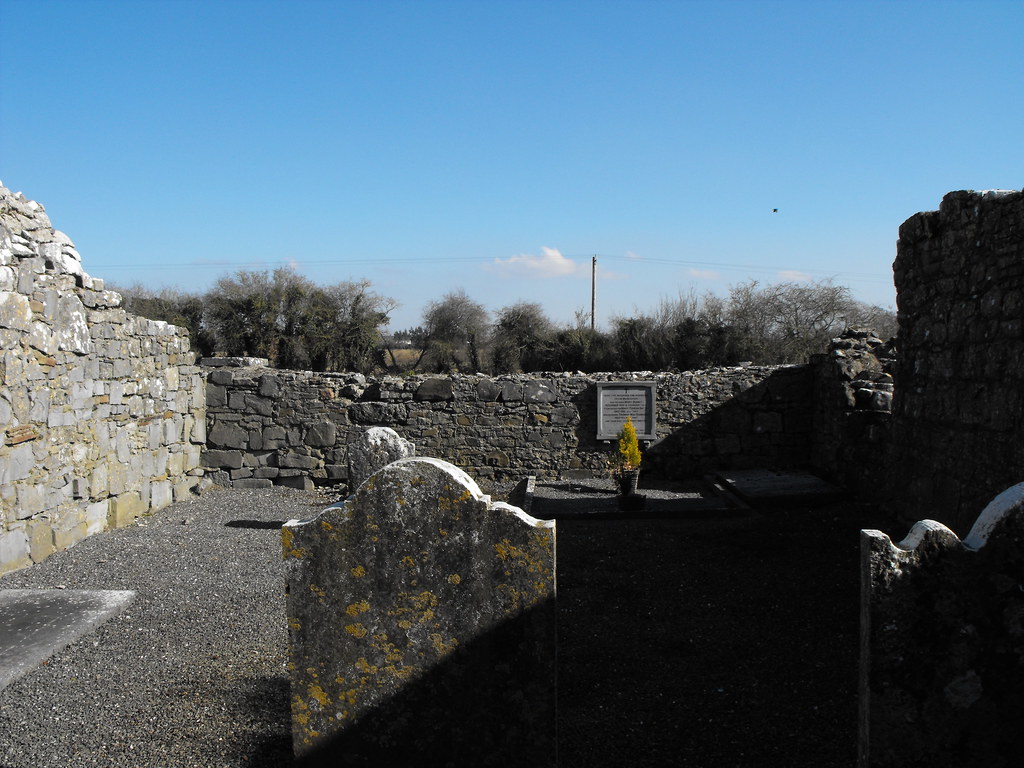
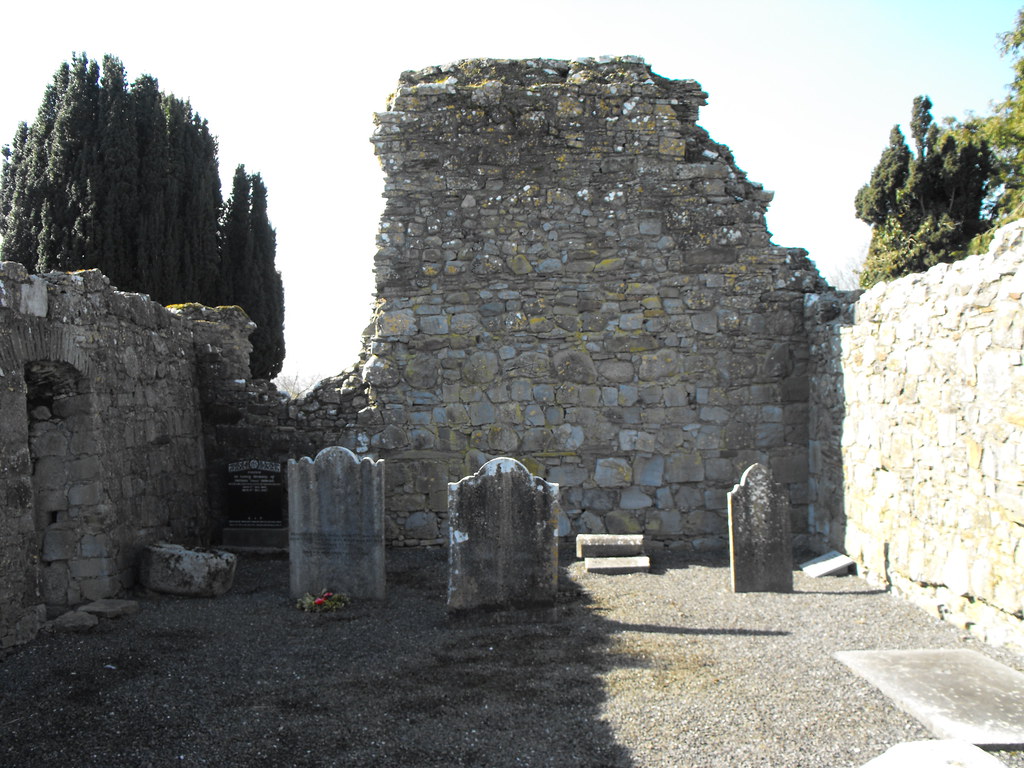
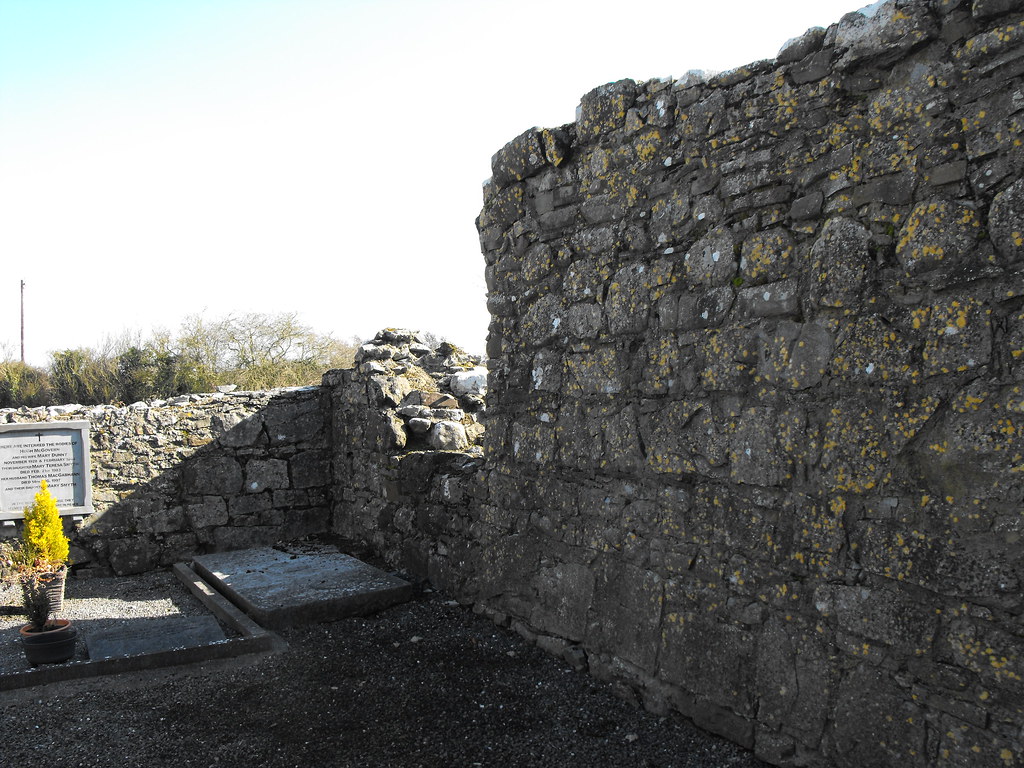
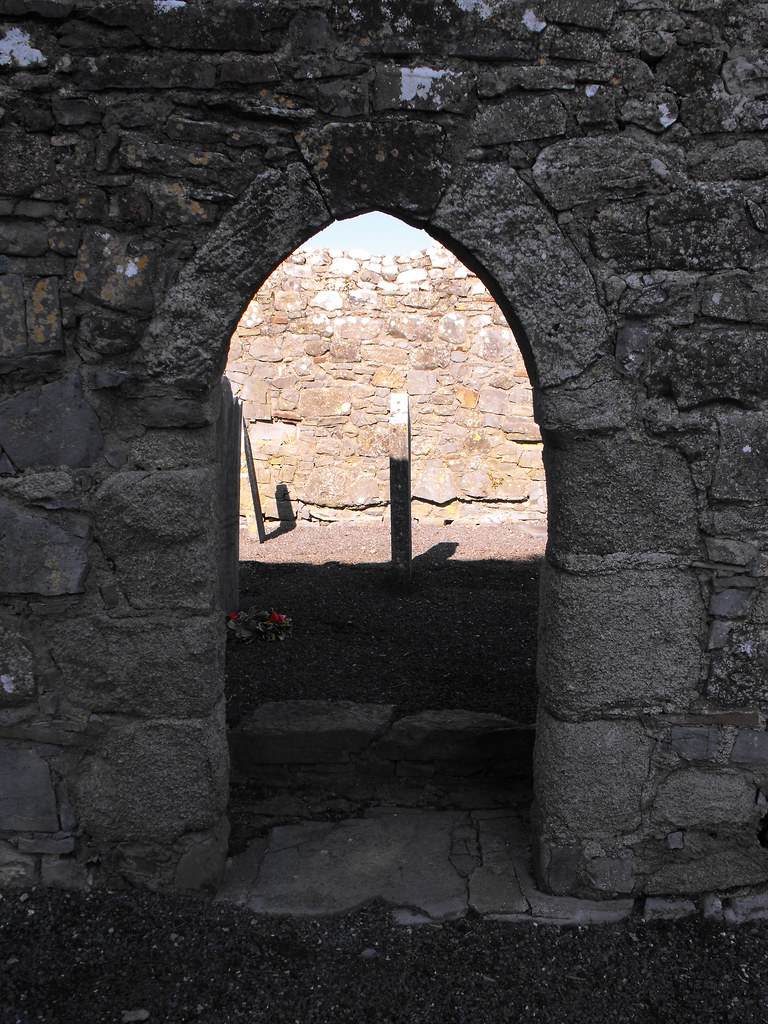
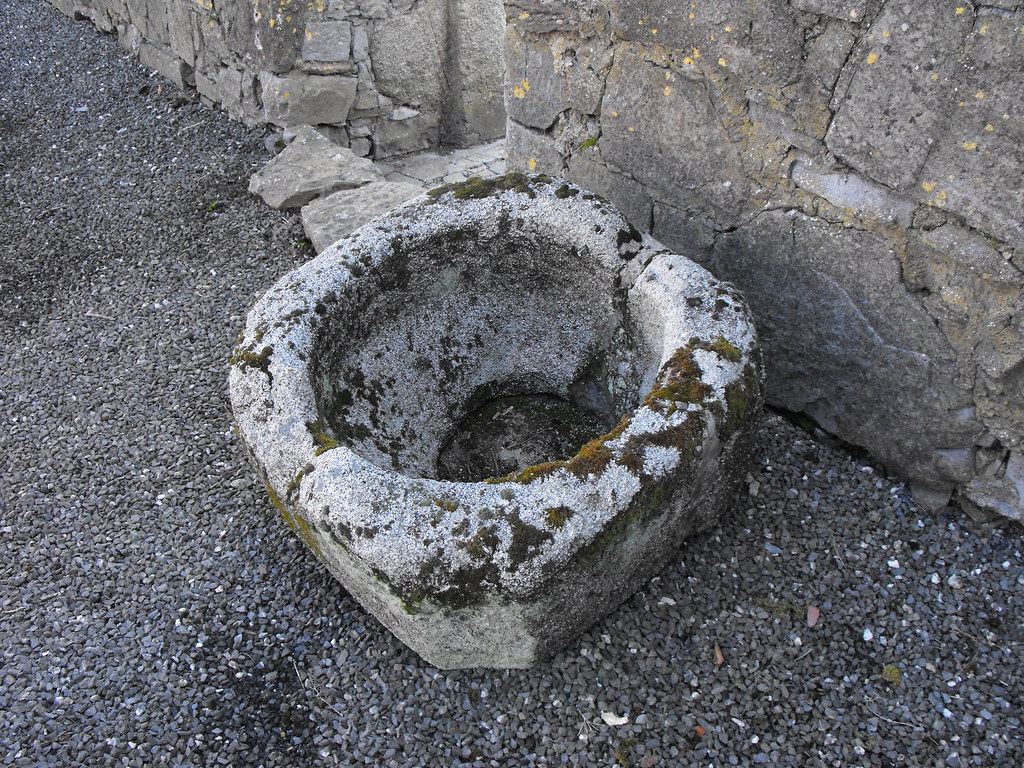
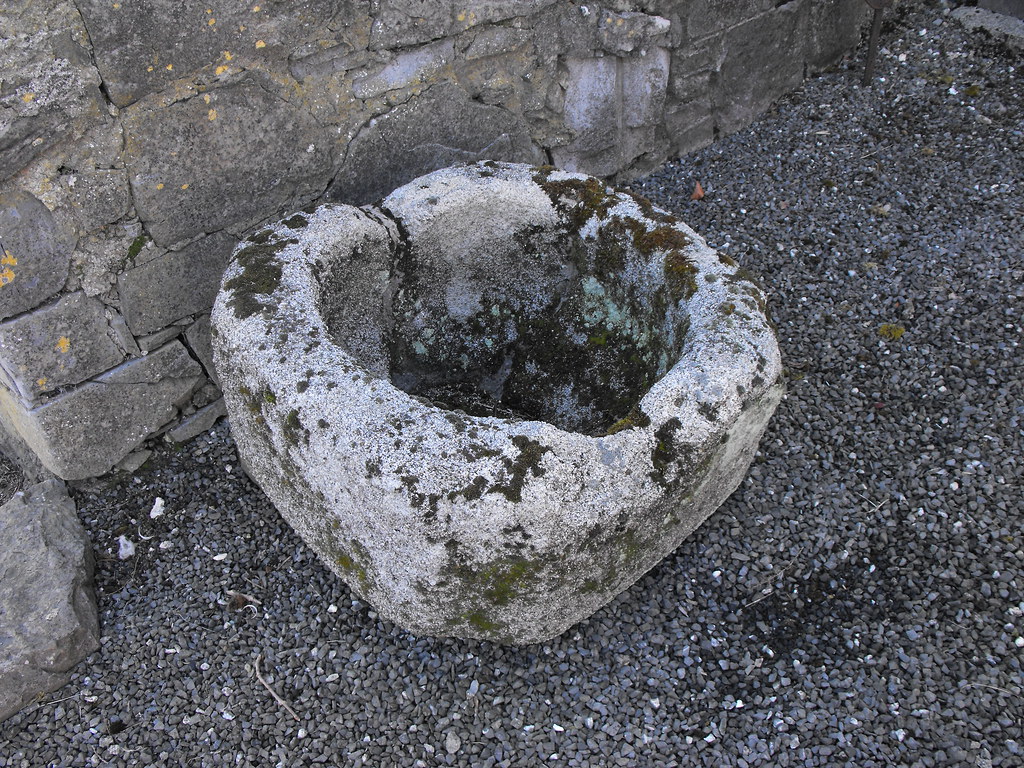

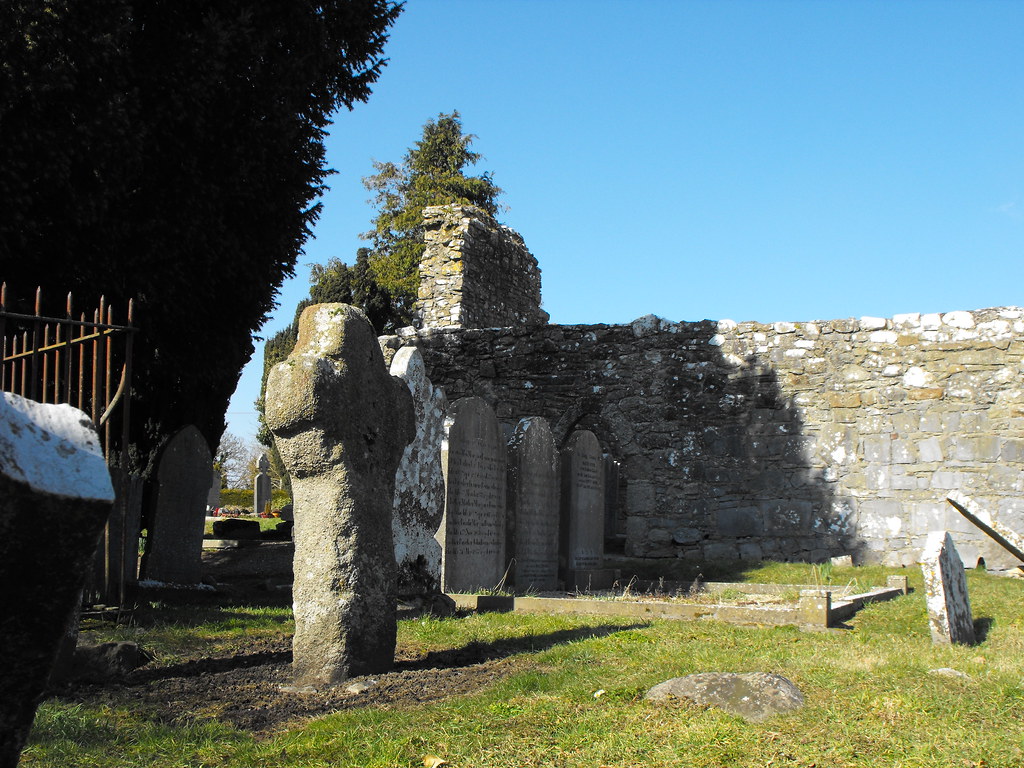
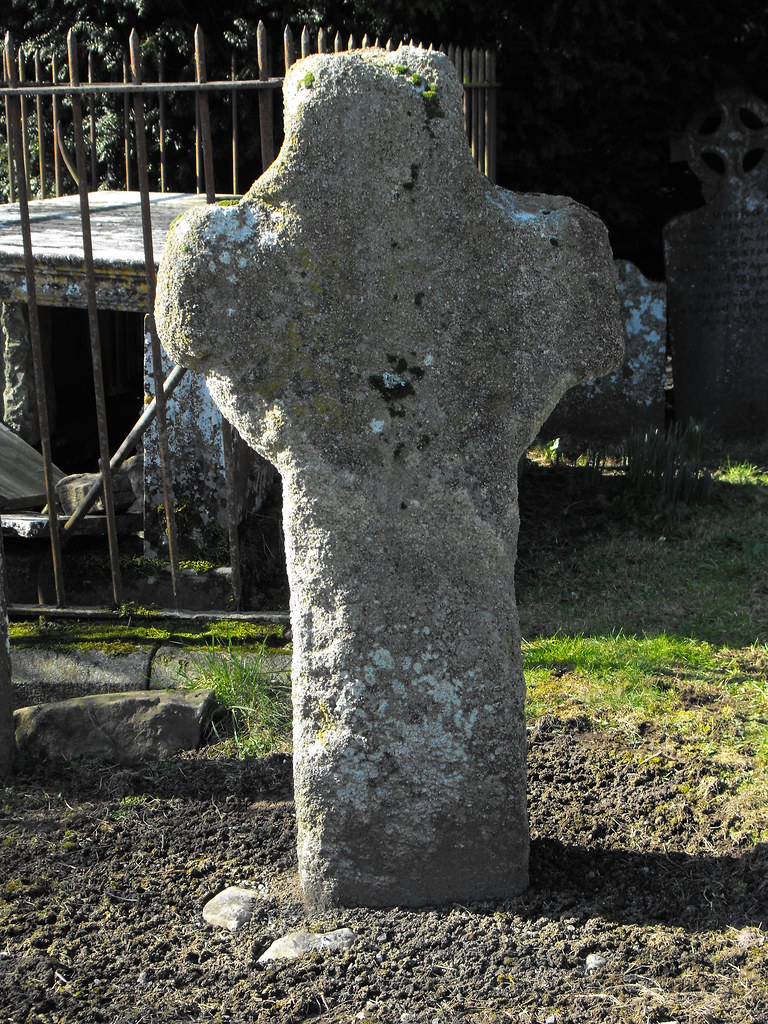

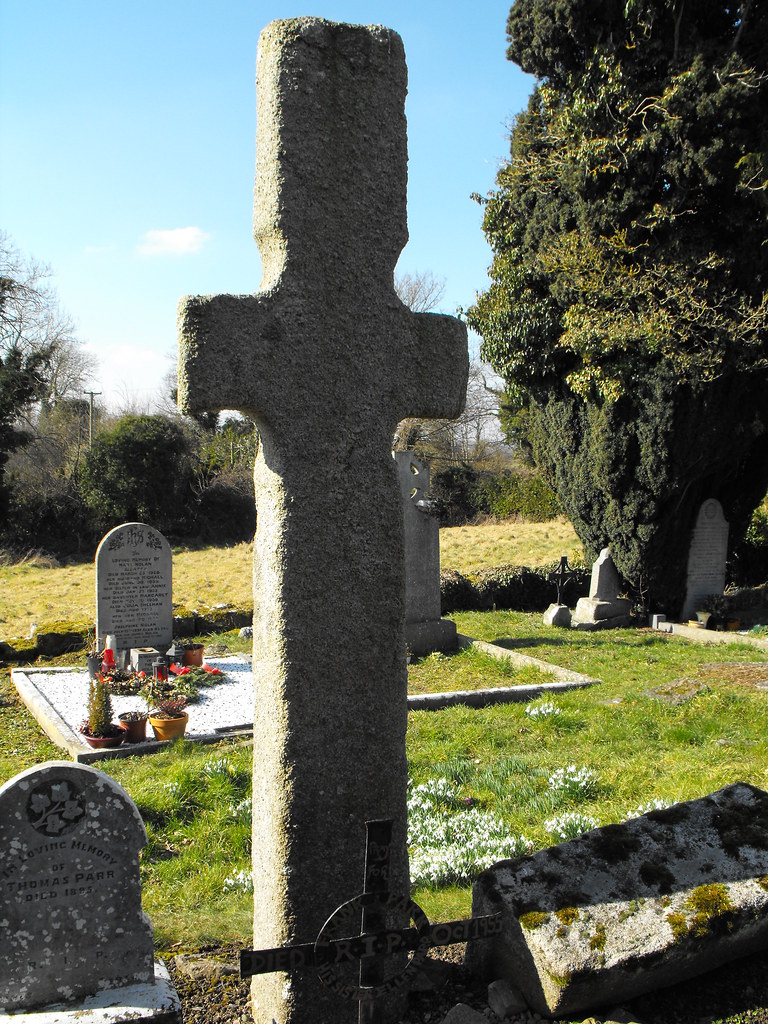














































7 comments:
I was a little confused by the spelling of the place, although I see that Google Maps favours your spelling. I am most used to Sletty, from the Irish for mountains Sleibhte and indeed Colgan names it Montes.
The two crosses are mentioned by Sir Charles Coote and there is particular reference to a thirteenth cent. doorway but it's not clear to me if that is the one found today and shown so clearly in your illustrations.
According to the Tripartite Life of St. Patrick, Fiacc and his son Fiacra were baptised and ordained by the Saint himself. St. Patrick "put the grade of bishop" on Fiacc and appointed him bishop of Leighlin. Interestingly, as with Auxilius in Kildare, the honour is usually given to a later figure.
Fiacc originally had his seat at Domnach-Fiacc, which is near Clonmore to the east of Carlow.
An Angel told him that his place of resurrection (the place where he was to end his days and lie until the last day) was to be to the west on the banks of the Barrow. Fiacc would only make the move when the permission of Patrick was obtained, it is said. Perhaps this is the reference to the change of locale of which you are thinking?
St. Fiacc has had attributed to him a poetic life of St. Patrick, found in two manuscript forms, one in the possession of TCD and the other in the care of the Irish Franciscans until their collection was given to UCD. Also a prayer that begins "let us put our trust in Patrick, chief apostle of Erin..."
He has been attributed with a hymn to St. Brigid of Kildare, which is the only reason that I can arrive at for the 'garden' at the National Stud being named St. Fiacc's garden.
There is some sense in which the Diocesan college at Knockbeg is the heir to the School of Sletty.
I meant to say welcome back! Your contribution has been missed!
Great to see you back and with such a wonderfully illustrated and informative post.
I agree. Your posts have been missed. You have started with another great one! Welcome back Standing Stone!
There's a really interesting ruin in Castledermot. Did you ever pass bye? That wud be a good post if you get a chance.
Thanks for the kind comments. Fitzy...I am familiar with Castledermot friary but I need to go back to it before I can post up anything about it. It was locked when I was there last. I am, however, planning a post on the high crosses, round tower and other features in Castledermot.
Bagenal...thanks for all that info. Your knowledge has enhanced my appreciation of the site. Quite often all I can find out is architectural information.
God job guys! W/b Standing Stone. It's amazing how powerful these places can be. I remember that the romantics found such sites 'sublime' in an awe-inspiring sense. Even the irreligious can appreciate their genius loci. I'm also amazed at how many sites I pass by and don't realise are there.
Post a Comment